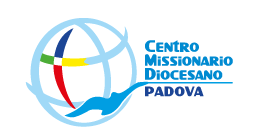
On 14 July, a severely malnourished baby lies in the paediatric unit at the District Hospital in Lodwar, capital of Turkana District, in Rift Valley Province. In this predominantly pastoralist region, many families are selling their livestock to buy increasingly expensive food.
In mid-July 2011, the crisis in the Horn of Africa affecting Kenya, Somalia, Ethiopia, Djibouti and Uganda continues, with a deepening drought, rising food prices and the persistent conflict in Somalia. More than 10 million people are threatened by the worst drought in the region in 60 years. Somalia faces one of the worlds most-severe food security crises as it continues to endure an extended humanitarian emergency, with tens of thousands fleeing into Kenya and Ethiopia. More than 10,000 Somalis a week are now arriving in the Dadaab camps in eastern Kenya, where aid partners are struggling to meet the needs of some 360,000 people, in facilities meant for 90,000. In drought-affected areas of Kenya, Somalia, Ethiopia and Djibouti, up to 500,000 severely malnourished children are at risk of dying; while a further 1.6 million moderately malnourished children and the wider-affected population are at high risk of disease. In northern Kenya, more than 25 per cent of children suffer from global acute malnutrition in Turkana District the rate is at 37.4 per cent, its highest ever. UNICEF, together with Governments, UN, NGO and community partners, is supporting a range of interventions and essential services, especially for the displaced and for refugees, including feeding programmes, immunization campaigns, health outreach, and access to safe water and to improve sanitation. UNICEF is seeking US $31.8 million for the next three months to provide humanitarian assistance for children and women in the four most-affected countries.
